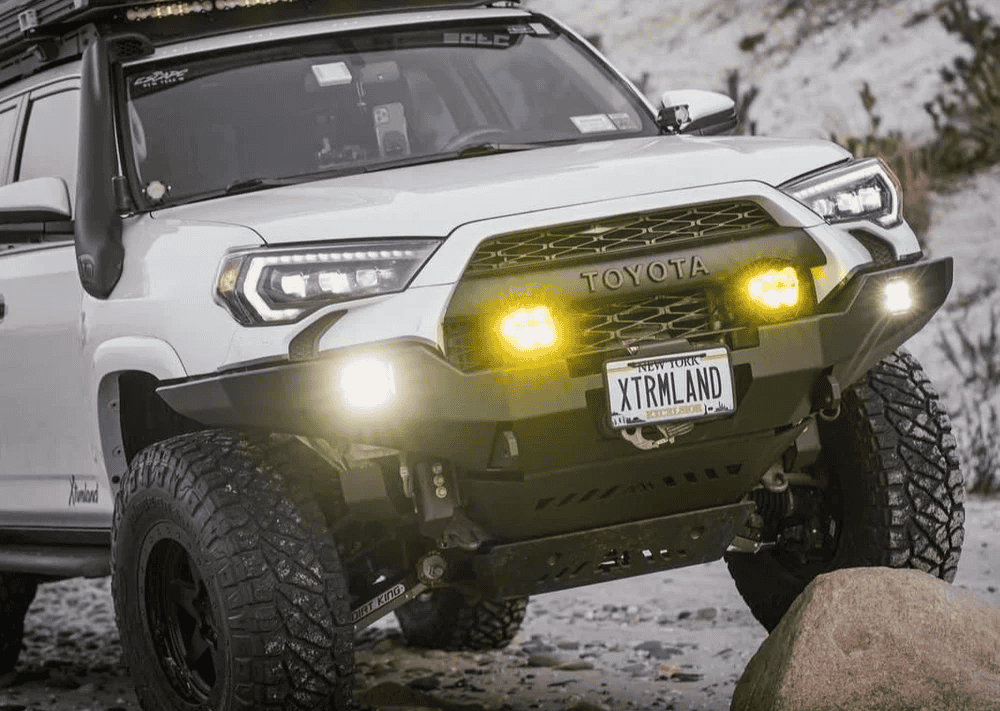Overland Vehicles

A dependable overland shower turns dusty miles into a livable routine. It keeps you cleaner, improves morale, and reduces wear on bedding and gear. The best setups deliver steady temperature, reasonable pressure, and quick stowage without eating cabin space or payload. When you map the system as a whole, you can balance water capacity, power draw, heat source, and enclosure ergonomics so it works in summer heat and shoulder season cold.
Start with realistic water use. A typical trail shower might run 1.5 to 2.0 gallons per minute at the nozzle if unrestricted; many travelers throttle flow to 0.7 to 1.0 gallons per minute with a low flow sprayer. A five minute rinse at one gallon per minute uses five gallons, so a twenty gallon freshwater tank yields four efficient showers with some left for dishes. That baseline drives tank sizing, filtration, and gray water handling.
A complete system includes storage and filtration, a pump loop, heating, plumbing hardware, and a place to shower that drains well. Match each piece to travel conditions and serviceability.
Freshwater tanks can be frame mounted or inside the cabin. Internal tanks keep water above freezing longer and simplify service. Use food grade tanks with dedicated fill, vent, and outlet ports. Put a sediment strainer right before the pump to protect the diaphragm and reduce cavitation noise. If you draw from questionable spigots, add a carbon block filter on the fill line to remove taste and odor.
Common approaches include heat exchanger coils using engine coolant, propane fired on demand heaters, diesel fired hydronic systems, and electric heaterspowered from large battery banks. Heat exchangers provide hot water while driving but need a small storage tank for stops. Propane and diesel units require clearances, sealed compartments, and venting to the outside. Install a carbon monoxide detector, keep fuel lines protected, and follow manufacturer stated distances from combustibles. Add an anti scald mixing valve to stabilize outlet temperature if supply fluctuates.
A 12 volt diaphragm pump in the 3 to 5 liter per minute range with 35 to 55 psi output is common for showers. Mount with vibration isolators, use reinforced potable hose, and secure lines every foot or so to prevent chafe. Quick disconnects near the outlet make stowing the hose clean and fast. A momentary switch at the shower head or a foot switch reduces waste. For enclosures, options include rear door curtains, side awning rooms, or a compact folding shower stall. Use a wooden or composite grate so feet stay out of runoff.
Freezing conditions can rupture fittings and pumps. If you expect hard freezes, either keep tanks and lines inside insulated spaces with controlled heat or winterize with potable antifreeze and blow out lines. Quick service valves and T fittings simplify this. In mild freezes, heat tape and foam insulation on exposed lines can buy safety margins.
Water conservation keeps weight down and range up. Use a shutoff at the sprayer for start stop rinsing, and consider a recirculating preheat loop that returns water to the tank until it reaches target temperature. For gray water, many public lands require containment. A compact gray tank with a vented cap and a gated drain lets you empty legally at dump stations. Always use biodegradable soaps and disperse rinse water away from streams and camps when regulations allow.
Maintenance is simple if designed in. Clean strainers regularly, sanitize freshwater tanks with diluted bleach as recommended, and inspect hose clamps after washboard miles. Keep spare pump diaphragms and o rings in your trail kit. Annual checks on combustion heater burners and flues prevent soot buildup and ignition issues.
If you want a shower that just works, have a pro map the whole system to your rig’s layout and power plan. OZK Customs builds complete overland water systems that integrate safe heating, smart plumbing, and clean enclosures without stealing storage. See examples on our explore overland rigs page, or dive into the details of a custom overland upfit that includes water, power, and interior fabrication. Curious about our process and standards. Visit why choose OZK Customs.
We design and build in Fayetteville, Arkansas, with shakedown and handoff at our Adventure Point lounge so you leave confident. Tell us how you travel and we will engineer a reliable, serviceable shower system as part of a complete van or overland build.
OZK Customs services include full custom vans, overland rigs, towable upfits, and vehicle modifications such as racks, lighting, and suspension to support off grid travel. We do not rent vehicles and we do not provide do it yourself build assistance.
Ready for hot showers anywhere. Share your travel style and we will spec, build, and validate a complete overland shower setup as part of a turn key upfit. From tank placement to safe water heating, OZK Customs handles engineering, fabrication, and testing so you roll out confident. Tell us about your rig and trip goals to get an exact plan.
ADDRESS:
6159 E Huntsville Rd, Fayetteville, AR 72701
PHONE:
(479) 326-9200
EMAIL:
info@ozkvans.com